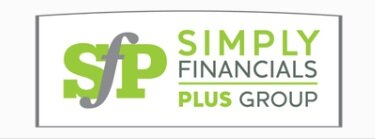When you hear the word “budget,” what do you think about? Most people would say something similar to “Ugghh!” If you would rather do just about anything besides create a budget, you’re not alone. The word “budget” brings up connotations of endless numbers, constraints, the opposite of freedom and creativity, and hard work, none of which are very desirable.
Yet, the benefits of a budget are huge. Budgets can help you with cash flow improvements, keep you on track for higher profits, and alert you to items that need further action.
From “Budget” to “Profit Plan”
To be successful with budgeting, we need to get rid of all of the connotations that go with the word. Perhaps it might work if we rename “budgeting” to “profit planning.” And then, rather than focus on how little we should spend, let’s start with how much revenue we’re going to make.
Revenue Clarity
It’s simple to create a revenue plan if you go backwards. What revenue goal would you like to hit this year? Just like we would never get in a car without a final destination, a revenue plan gives us a number to aim for in our businesses.
Once you know your number, then we can use averages to come up how many sales or clients we need to generate in order to meet our revenue goal. Here’s a quick example: Let’s say you want to reach $5 million in revenue this year. If you average order is $10,000, then you need 500 sales. If you have multiple products and services, then you’ll need to sum the product of the average sale times the needed number of sales for each line.
From there, you can make marketing and production plans based on the number of sales or clients you need.
Protecting Your Profit
Think of the expense side of your “profit plan” as protecting your profit margins so that you can ensure financial gain from all the hard work you do. Setting budget limits on spending will allow you to control overhead and other items so you can keep more of what you make.
Exceptional Reporting
A great “profit plan” report will provide several things. You can compare budget to actual, or better yet, just be alerted to the accounts showing exceptions. You can also get an income statement that compares the current period with the prior year period so you can see how far you’ve come. One last option is a benchmark report which provides industry averages so you can measure how you fare compared to other companies in your industry.
A “profit plan” is a great tool for your business. If we can help you with the process or provide you with custom reporting, please give us a call.
